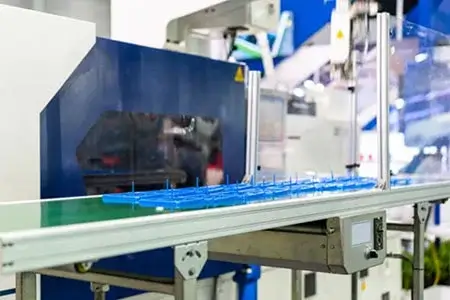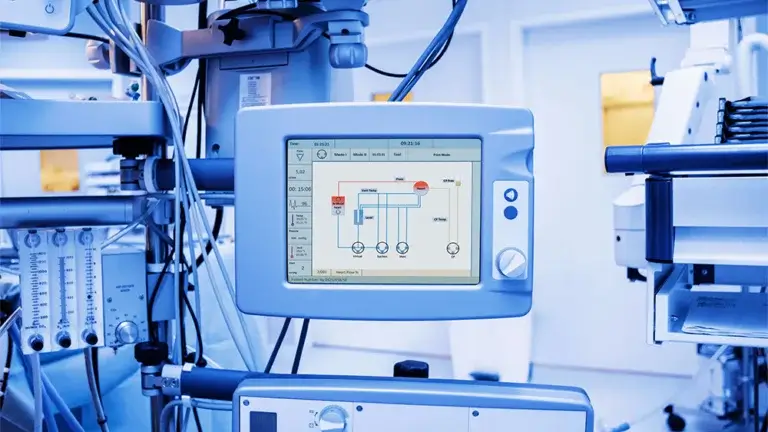
Custom Rubber Bonding Service
Partnering for Excellence in Custom Rubber Bonding
If you are
looking for
Cost-effective manufacturing solutions
Customized molding solutions
Tailored rubber molding expertise
Long-lasting and reliable
Consistent quality, every time
Speed up time to market
Expert guidance on material selection

Our Rubber Bonding Process

Rubber Chemical Bonding
Chemical bonding involves the use of adhesive agents or bonding agents to create a strong and durable bond between rubber and other materials. The adhesive is applied to the surfaces to be bonded and then cured or activated to create a secure bond.- Our Capabilities
- Rubber-to-metal bonding: Using specialized adhesives, rubber can be bonded to metals such as steel, aluminum, or brass, creating a strong and durable bond.
- Rubber-to-plastic bonding: Adhesive bonding is also employed to join rubber to various types of plastics, including thermoplastics and thermosetting plastics.
- Rubber to Fabric Bonding: Our expertise and precision ensure strong and durable bonds between rubber and fabric materials, resulting in enhanced part strength for a wide range of applications.

Rubber Mechanical Bonding
Mechanical bonding relies on the physical interlocking or mechanical attachment between the rubber and another material. It may involve methods such as interlocking designs, surface roughening, or creating physical features that enhance the bond strength.- Our Capabilities
- Interlocking or Press-Fit Bonding: Securely connect rubber components with other materials for enhanced structural integrity.
- Overmolding: Create strong and integrated bonds by encapsulating one material with another, offering protection and customized functionality.
- Mechanical Fasteners: Join rubber parts with screws, clips, or rivets for reliable and adjustable connections.
Rubber Bonding Materials Options

Plastic Material
1、Polypropylene (PP)
2、Polyethylene (PE)
3、Polyvinyl Chloride (PVC)
4、Acrylonitrile Butadiene Styrene (ABS)
5、Polycarbonate (PC)

Rubber material
1、Natural Rubber (NR)
2、Styrene Butadiene Rubber (SBR)
3、Nitrile Rubber (NBR)
4、Ethylene Propylene Diene Monomer (EPDM)
5、Silicone Rubber
6、Polyurethane Rubber (PU)

Metal Material
1、Metal material
2、Steel
3、Aluminum
4、Brass
5、Stainless Steel
The most important factor to consider when choosing a bonding material is compatibility, ensuring that the rubber and substrate materials have good adhesion and can form a strong bond.
Our Quality Control

Incoming Material Inspection
We meticulously inspect and verify the quality of raw materials before they enter our production line.

In-process Quality Checks
Our skilled technicians conduct regular quality checks during the manufacturing process to ensure consistency and adherence to specifications.

Final Inspection
Each finished product undergoes a thorough inspection to verify its quality, functionality, and adherence to customer requirements.
Custom Rubber Bonding Parts Show






Rubber Bonding for Various Industrial
Related Serivces

Plastic Molding

Plastic Bonding

Rubber Molding

Urethane Molding
Related FAQs of Rubber Bonding
What is rubber bonding, and how does it differ from other rubber manufacturing processes?
Rubber bonding is the process of securely attaching rubber to various substrates like metal or plastic. It differs from processes like injection molding or compression molding.
What types of materials can be bonded with rubber in your service?
Do you offer custom rubber bonding solutions to match specific project requirements?
Yes, our rubber bonding service is highly customizable to cater to the specific needs of your project.
What is the typical turnaround time for rubber bonding projects?
Turnaround times can vary based on project complexity and size. We work closely with our clients to provide accurate project timelines.






